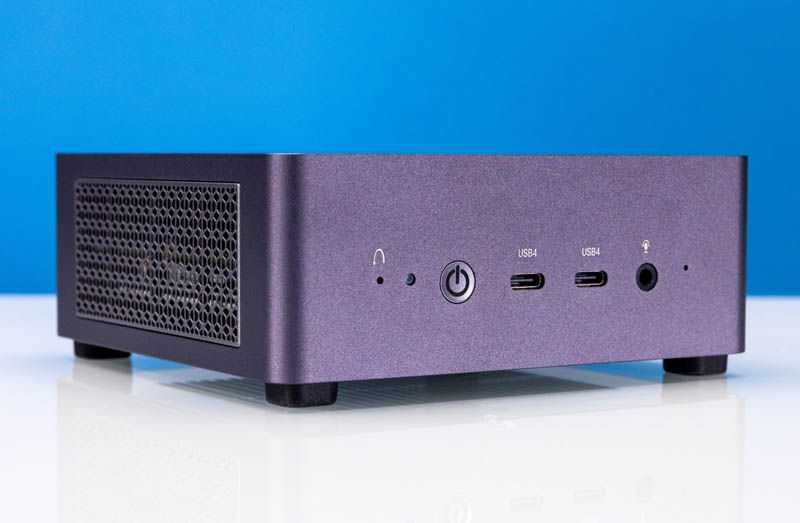Minisforum UM790 Pro Review Big Upgrade to a Small AMD System
We are now fully into our series on AMD Ryzen “Phoenix” systems. In this review, we are going to look at the Minisforum UM790 Pro, a small form factor system as part of our STH Mini PC Series. We found some interesting details in our Minisforum UM690 Review. Many of our review points were addressed in this version and we have a new AMD Ryzen 9 7940HS processor with AMD Zen 4 cores and RDNA3 graphics. In this review, we are going to take a look at what is changed, and what is new.
Minisforum UM790 Pro STH Mini PC Overview
As we have done with many of our reviews in this class, we have an accompanying video to go along with the review. You can find that video here:
The video has things like being able to hear the unit operate which may be important for some folks but does not fit nicely into text. As always, we have chapter markers in the video. We also suggest opening the video in its own tab, window, or app for the best viewing experience.
This unit has a bit of an interesting story. Minisforum sent the UM790 Pro to the old studio in California, instead of the studio in Austin that we moved into two years ago. As a result, we thought the unit was lost and ordered one. We managed to hire some local help to track the unit down and ship it out to us well before the unit we purchased arrived. Our review is going to be on the unit we were sent, but we will point out the differences in the review versus the purchased unit as they come up. The retail unit arrived less than 48 hours before the video and this article went up so we had to shoehorn in the small changes.
Our test configuration had the AMD Ryzen 9 7940HS along with 16GB of memory. The 16GB of memory came in two 8GB DDR5-5600 SODIMMs. Storage was nothing short of crazy with two 256GB PCIe Gen4 NVMe SSDs. The unit also had Windows 11 Pro installed.
The retail unit we purchased had two 32GB DDR5-5600 Kingston SODIMMs and a single 1TB Kingston NVMe SSD. It also came with Windows 11 Pro pre-installed.
One item we really like with what Minisforum does, versus Beelink as an example, is that one can purchase the units as barebones. Usually, it is less expensive to purchase barebones units and one can select higher-quality components.
With that, let us get to the hardware.
Minisforum UM790 Pro External Hardware Overview
The front of the system has two USB4 Type-C ports. Aside from USB and DisplayPort alt-mode duties, these also can connect Thunderbolt 3 devices. In the video, we show the Razer Core X enclosure working off of one of these ports as well as a Thunderbolt 3 10GbE adapter. We also show the unit being powered by the eGPU enclosure.
While those are the big ports, there is also a combo headset jack, the power button and so forth on the unit. The onboard microphone mostly picked up the sound of the internal fans so it did not seem particularly useful.
On the side of the unit, there are vents.
On the other side of the system, there are more vents.
The top of the unit says “Minisforum” on the pre-production unit.
This is an area where the production unit differed as we had a metallic “Minisforum” with a logo. For those wondering, this arrived Monday just as we were closing the studio for the 4th of July holiday, so we are getting screengrab images.
On the rear of the unit, things are a bit more mundane. There is a 19V power input and two HDMI 2.1 ports. We also get one Realtek 2.5GbE port and four USB Type-A 10Gbps ports.
The bottom of the system has four rubber feet that hide the four screws to the bottom cover. Unfortunately, one needs to peel off these feet to get to the screws and get inside the chassis. Each time wears the adhesive. We wish Minisforum switched this to a solution like Beelink with easier access to the screws.
The bottom also has a vent for the new underside fan. One difference with the production version is that there is a yellow sticker that advises disconnecting wires before removing this bottom panel.
Next, let us get inside the panel to see inside the system.
Source: ServeTheHome


